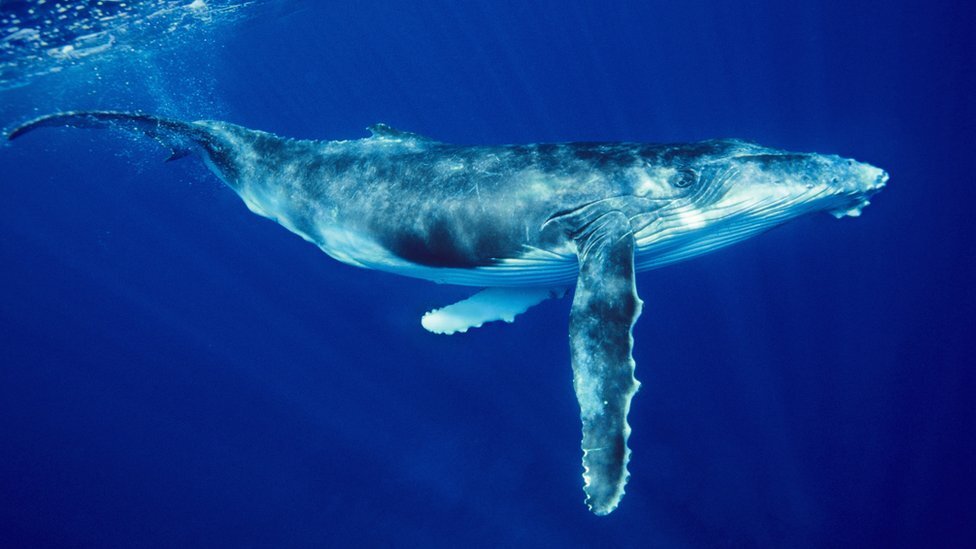Dogs may be interesting, but whales are really fascinating!
In Incredible Journeys I wrote about the mysteries that surround the extraordinary navigational feats of humpback whales.
And I mentioned the possibility that whales might be making use of gravitational information.
How could that possibly work?
Well, roughly speaking, the idea is that these huge beasts may be able to track changes in their buoyancy resulting from alterations in the gravitational forces to which they are subject.
These changes may result from anomalies in the bedrock beneath the ocean, changes in latitude, or astronomical influences - like tidal forces and the varying distance between the earth and moon.
An ability to detect gravitational patterns in the submarine landscape would obviously be navigationally useful. And if the whales are also aware of changes in the earth-moon gravitational system, those could perhaps help them time the start of their migratory journeys.
Now some new research from Travis Horton and his colleagues has shed more light on these intriguing ideas.
Horton and his team have been sifting evidence about the migratory behaviour of humpbacks travelling between their calving grounds on the Abrolhos Bank (in the tropical seas off the coast of Brazil) and their feeding grounds far to the south, in the chilly waters of the South Georgia Basin.
The data come from old Soviet-era records of whale-hunting activities (bizarrely hidden for many years in a potato cellar!), and more recent satellite-based tracking studies.
These records, which stretch back 50 years or more, show that the whales have continued faithfully to follow the same migratory ‘corridor’ - despite the fact that the relevant geomagnetic and oceanographic conditions (eg currents and food availability) have varied greatly over that period.
As Horton et al. put it, ‘humpback whale migrations do not change in a changing ocean’.
After carefully analysing the tracking data, the team conclude that the whales follow ‘richly patterned and highly reproducible trajectories’. Moreover, these trajectories do indeed appear to reflect the varying gravitational forces to which the animals are subject.
They also found that the tracked whales fell roughly into two groups: those that tended to travel relatively fast and those that travelled at a more sedate pace.
Interestingly, eight of the nine ‘slow’ whales started their southbound migrations just before or during the first or last quarter of the moon. By contrast, eleven ‘fast’ whales head south near the full or new moon. Curiously, the whales that ‘sang’ swam more slowly than the non-singing ones. I wonder why?
While lending weight to the theory that the whales make use of gravitational information, this research certainly doesn’t rule out the possibility that the whales also make use of geomagnetic information - as several earlier studies have proposed. It does however suggest that they don’t rely exclusively on magnetic cues. And this would certainly make good sense if, as in this case, those cues are constantly changing.


